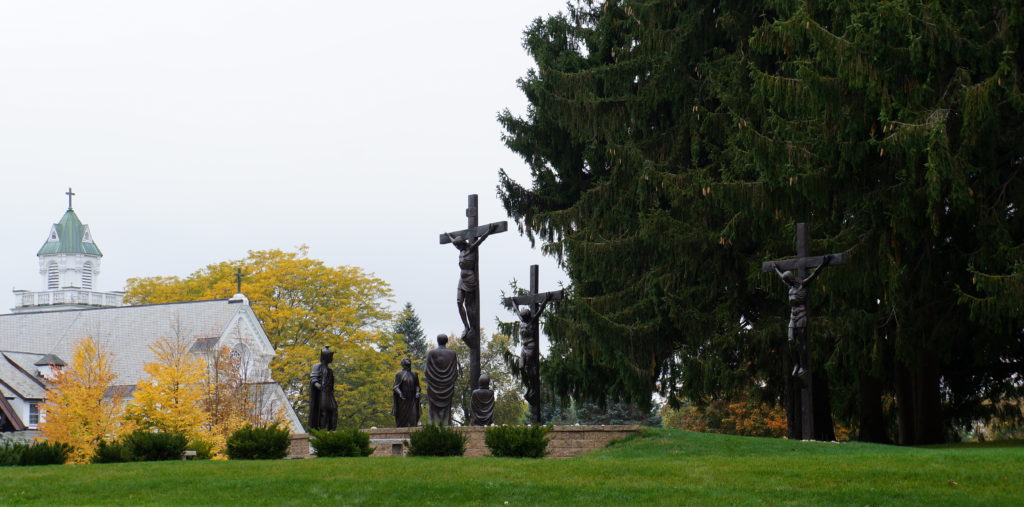Ok, Pee-Wee Herman, get your giant underwear ready, I have picked a word of the year. Wait for it, drumroll…
RECEPTIVITY
No, wait that’s not it… The word of the year is:
FORGIVENESS
Ach, that’s not quite right… Yes, I know:
MERCY
Can it be all three? Are there rules about the word-of-the-year? I’ve had a hard time settling on just one, as you can see, and I think that’s because I am going into this year with more of a concept-of-the-year.
Nearly the very first thing I did this year (besides waking up, eating breakfast, etc) was go to Confession. This wasn’t an ordinary Confession, but a healing general Confession with a priest who offers deliverance prayers and blessings. By the fall of last year, the piercing, revelatory light of God’s love uncovered dark cobwebbed corners of my soul. A better image would be wounds that had been scabbed seven times over with grotesque scars. (I have written about that elsewhere, and more about the general confession elsewhere.)
But January 1, I marched up the church steps, slid into the narrow confessional, and encountered Christ the Healer in a way I never have before. It pulled back the scars from those wounds and laid them bare. But the powerful prayers called off any evil that had laid claim to those dark memories, leaving them exposed and raw, though protected by grace. Just as my baptism didn’t end a conversion, but began a new life and deeper conversion, so this sacrament of Reconciliation blew the lid of some dark shit and led me into a deeper stage of conversion.
That’s what I’m focusing on this year: inviting God to heal what has festered for so long. That will require receptivity, right? I need to have a spirit of surrender with Christ the wounded Healer. I need to be vulnerable with Him. This vulnerability can lead so quickly to shame that I need mercy, both to claim it and accept it. The Divine Mercy was one of the first images that pricked my heart all those years ago at the beginning of my conversion to the Catholic Church. Now I have to live it, open my heart to it, bathe in its light. And in receiving it, I need to reflect it, to pour it out on those who have wronged me, both intentionally and unintentionally. Thus, forgiveness.
You can see how I have to have three words this year. So if there’s a life coach out there who’s like, No, you only get ONE ya loser, to them I bite my thumb and cry, Fie! Leave me my three, the world depends upon it. I truly believe this is a new phase in the Church, a time of healing and wholeness. We need to heal so we can heal the Church, which can then heal the world.
Barf, sentimental hogwash, you say. Trust me, healing is afoot.


